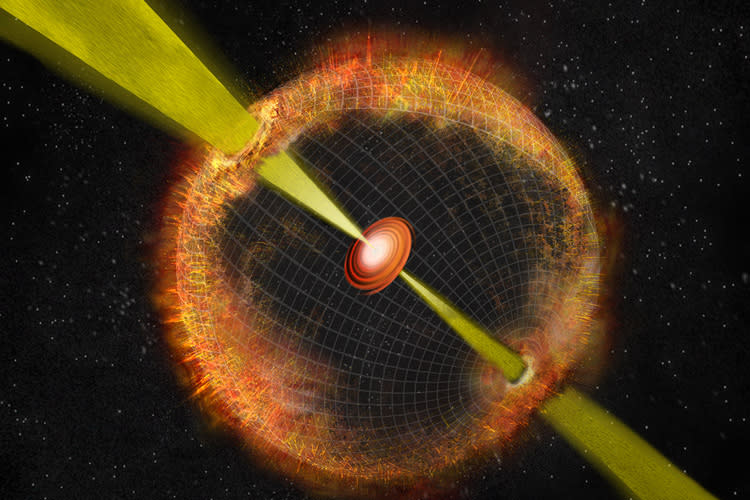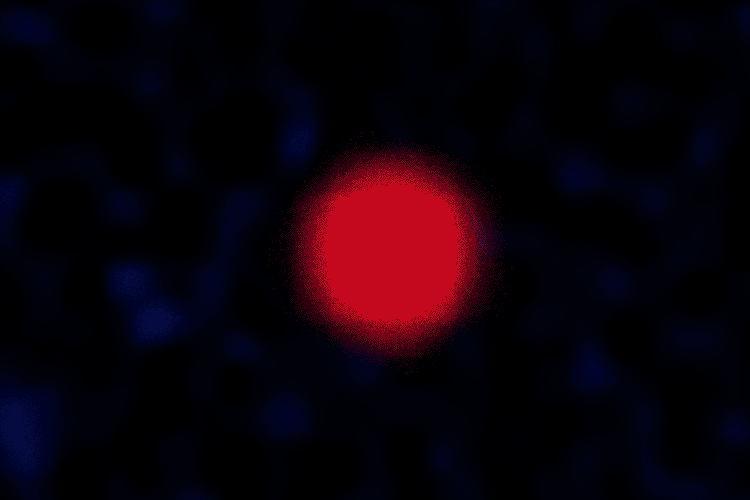‘Ghost’ signals are detected from space (and we can't see what’s making them)

An astronomer is chasing strange ‘ghosts’ in the sky, bright objects which glow, then disappear, never to be seen again.
Casey Law of Berkeley is examining a radio source which blazed in the sky in the 90s, then faded out over 25 years.
Its peak brightness in 1993 was 50 times what it was today – and Law believes it may have been the afterglow of an enormous cosmic explosion.
Based on the extreme brightness of the radio source and the type of galaxy in which the flare-up occurred, Law believes it may be the afterglow of the explosion of a massive star, which would have emitted an undetected long-duration gamma-ray burst.
READ MORE FROM YAHOO NEWS UK:
Two male runners die after collapsing at finish line of Cardiff half marathon
20 people killed in limousine crash before birthday party in upstate New York
Meghan Markle’s sister Samantha turned away from Kensington Palace after arriving unannounced
Police slammed for using ‘excessive force’ to arrest black man later cleared of stabbing
Banksy reveals how he concealed shredder in painting after auction house stunt
Gamma-ray bursts are among the most intense flashes in the universe because much of their explosive energy is collimated into a tight beam, like that from a lighthouse.
But we often ‘miss’ the bursts; the source of the gamma rays – a relativistic jet of material emerging from the explosive merger – must be pointing directly at Earth for them to be detectable by telescopes such as NASA’s Fermi Gamma-ray Space Telescope’

Just one in 100 of the bursts are thought to be visible from our planet.
Law said, ‘We believe we are the first to find evidence for gamma-ray bursts that could not be detected with a gamma-ray telescope.
‘These are known as ‘orphan’ gamma-ray bursts, and many more such orphan GRBs are expected in new radio surveys that are now underway.’

 Yahoo News
Yahoo News 

